Helpful Tools Squirt bottle - filled with water is ok, filled with diluted vinegar is more effective. Treats - high value treats for the off leash dog and/or to reward/distract your dog. Pet Corrector/Air horn - you will need to desensitize your dog to the sound of this before using this on other dogs. Otherwise, you may build a fear response that your dog will associate with other dogs.
Pepper spray/gel - be aware there are some liability issues with this one if the spray/gel gets on another person (especially a child). I do prefer the gel because there is less back spray. Walking stick/tennis racket - or something long you can use as an extension of your arm. Taser walking stick/cattle prod - the vast majority of dogs won't need something this drastic and those that do may not be phased by it. You can certainly give it a shot if it helps you feel safer though. Some people have said that just the crackling sounds these make will scare off dogs. Muzzle - I'm a huge fan of muzzle-training for a variety of reasons, but using a muzzle kind of sucks in this regard. The reasons being - 1) if your dog has a bad experience while wearing a muzzle they might not like their muzzle anymore, 2) your dog is unable to defend themselves if they're attacked. While they shouldn't have to and you should be the advocate for your dog, things don't always work out that way. Imagine being attacked by someone with a knife while your hands were tied behind your back. Not fun. I'm bringing this up here though because you can use a muzzle as an effective management tool if done correctly and because if an off leash dog attacks your dog and is harmed, a judge is almost always going to side with the dog who was muzzled. Management Always be present and aware of your surroundings when out with your dog. Try to avoid blind corners or tight spaces where you'll be trapped. If needed, place your dog in a wait, then walk ahead of them to check to see if things are clear to move forward. Don't take your dog to places where other dogs are off leash. If you get to a park and you see off leash dogs, either politely ask the owner to leash their dog before you get your dog out of your car, or find a different park.
If you cannot physically manage your dog (they pull excessively on leash, they're reactive around other dogs, they like to chase people on bikes, etc) please seek professional help from a qualified dog trainer. Do NOT walk your dog by yourself. If you are like a few of our clients (or like Haylee) and just seem to run into off leash dogs wherever you go, take 1-2 extra people with you to help ward off other dogs. Learn dog body language. This is something you should learn if you have a dog anyway, but it's great to know what might be going on in an unknown dog's head as they approach you. Is their body language friendly and derpy? Is it stiff and intimidating? Are they locking eyes with your dog and barreling straight toward them? Are they coming 5 steps forward then 2 steps backward and repeating that pattern as they approach? What could this all mean? The more knowledge you have, the better equipped you'll be to deal with a variety of situations. Considerations How you manage an off leash dog and which tools you'll use each time will vary depending on each encounter. Unfortunately, you won't often be familiar with these dogs and their behaviors so you'll need to make snap decisions based on educated guesses and your gut. Sometimes you'll be wrong. The more you practice and learn about dog body language, breed tendencies and how your own dog responds to different types of dogs, the more often you'll be able to make the best decisions. One of the first things to note is the size of the dog. Size in no way determines behavior or likelihood for aggression, but size does mean they can probably inflict a lot more damage should they choose to. I'm less willing to mess around with larger dogs - especially more powerfully built dogs.
Is the dog likely to cause harm? This is a difficult question to answer, but you can make some educated guesses based on body language and breed. If the off leash dog is a terrier type or powerfully-built type, these dogs may not get along with other dogs as well. Many of the larger, powerful breeds were bred for independent work (not cooperative work with other dogs). Most terriers still think it's fun to kill small animals (which is what they were bred to do). This doesn't mean that every dog like this won't get along with other dogs or that dogs who don't fit into these categories can't be dog reactive/aggressive. Herding breeds are actually known for anxiety and reactivity when they don't have a job. Does the dog have loose, wriggly body language? Are they giving play signals like bowing, high-pitched barks, jumping, or other exaggerated movements? This dog is probably friendly. Does the dog have stiff movements, lowered head, hard stare, hackles up, teeth barred, stiffly wagging tail? This dog is probably scared, unsure or warning you/your dog to back off. What about your dog? Do they like other dogs? How do they respond to meeting other dogs? If they love everyone, you won't have to worry about many off leash dogs because many of them truly are derpy and friendly. You'll still want to avoid off leash encounters to teach your dog to focus on you when out and about and you'll still want to avoid the unfriendly off leash dogs. But less stress for you! Yay! If, like us, you have a dog who doesn't want to be best friends with everyone and is willing to throw down if another dog gets in their space for too long, you'll want to avoid encounters from ALL off leash dogs. Owners of off leash dogs aren't always around. Even if they are, you have to assume they'll be mostly useless in retrieving their dog before the dog gets to you. In our experience, less than 10% of the time have owners been able to recall their off leash dog away from us and our dogs. You'll have to decide to what extent you want to interact with off leash dog owners if they are present. ALWAYS advocate for you, your dog and/or your kids. We've found that being rude is seldom productive, but you can be kind and firmly hold your ground. Practice various scenarios and interactions in your head or with a partner so you're better prepared when they actually happen. Decide ahead of time whether you'd like to get away with minimal interaction, you'd like to kindly educate the person (who probably won't respond well) and give them a leash or if you're willing to try catching an off leash dog and calling animal control to come get it (once your dog is secure). Actions Here's a list of more common actions you can take, starting with less intrusive options and working up to more intrusive and aversive options. Again, you'll need to decide which tools to use and which you're more comfortable using depending on each situation and the needs of your own dog. 1. Use your most authoritative voice to loudly back them off. Take a purposeful step toward them and yell "Go home", "Back off", "No!", "Eh! Eh!" or whatever makes you feel the most confident. Let them know you aren't happy about them being here and you mean business.
4. Startle them away with a can of Pet Corrector, an airhorn or a rapid-open umbrella. Pet Corrector (or similar products) are very portable and effective at startling strange animals. Note that if the dog recovers fairly quickly after being startled, the approach probably won't work again. Switch to something else. 5. Use a walking stick/tennis racket as an extension of your arm to ward them off or swing at them. It's often helpful to combine this with step 1. You can also pick up a rock and throw it near the dog, or pretend like you're going to throw it if you don't have one. Most dogs recognize what it looks like when you're about to throw something. 6. Some people swear by taser walking sticks or cattle prods since these are longer and cause brief, but intense, amounts of pain. A few people have mentioned that just the crackling noise they make once you activate them will scare off some dogs. These can be great for personal protection as well, but they're more expensive and awkward to carry around. I would try other options before this one. 7. Pepper gel/spray or bear spray is another option that's ready available and portable. As mentioned above, you have to be somewhat careful about liability with the spray and it can cause permanent damage. I would use this as a last defense and even then, try to aim for the front feet/legs if possible. You may need to try multiple things before convincing an off leash dog to leave. Or, you may find a combination of things is more effective for some dogs. Whatever you decide to use, always practice going through the motions with and without your dog. If you have a carabiner at the end of your dogs' leash and you're alone, use that to clip them to a nearby fence or quickly wrap them around a nearby object to secure them so you can focus solely on the off leash dog. Ideally, you would also be working on teaching your dog a rock solid stay so you can just place them in a stay behind you while you deal with any off leash dogs for them. You can also walk them back to your home, your car or a fenced yard. If you feel so inclined and once your dog is secured, you can use a slip lead (keep one in your car or in your treat pouch/pocket) to try to catch the off leash dog. Note that catching an unknown dog comes with liability - they may bite/scratch, carry disease or parasites and/or the owner might get mad at you for catching their dog for them. Unless you feel confident in your dog-handling skills and you're willing to accept the risk of disease and parasites, don't attempt to catch an off leash dog. If you do catch an off leash dog, you can try to locate the owner and return the dog or call animal control or your local non-emergency police dispatch. If your dog has a history of getting into scuffles/fights with other dogs, especially if they have a bite history, consider teaching them to wear a properly fitted muzzle on walks. This reduces your liability and can increase your confidence, knowing your dog is less likely to harm others. If you choose this route, you must be able to advocate for your dog and handle off leash encounters (or on leash encounters) for them. We highly recommend walking with a friend to help you. This Facebook group is a great resource if you're new to muzzles and need help finding and sizing the right one for your dog. If All Else Fails So what happens if nothing works and the off leash dog gets to your dog? Don't panic. Many times you can get out of it without any altercation still. 1. Immediately relax your dog's leash if there's any tension on it. Drop the leash entirely if your dog isn't a flight risk. Dogs do much better greeting other dogs when they can move around freely and use natural body language to communicate intentions. 2. Breathe. Is the owner of the other dog nearby? Call them over. If you can't spot them and there are people nearby, loudly ask "Can I get help with this dog?". If no one's around, go to step 3.
4. Once you've put some distance between you and the off-leash dog repeat the Action steps for off leash dogs as necessary until you're safe or until the owner secures their off leash dog. If at any point a scuffle (I call them yelling matches because they're loud and scary but usually don't result in injuries) or a fight breaks out, see the Fight Protocol blog post - or contact us and we'll send you a handout. Rarely, but it does happen, there are dogs who are so intent on doing harm that very little will deter them some of these tools make even increase aggression. The odds of running into one of these dogs are small, but not zero. If you encounter one of these, scream for help and do what you need to do to protect yourself and your dog. Check your local laws on what your options are to protect yourself from off leash dogs. In many areas, lethal force is allowed. How to Make a Change
Conclusion
0 Comments
Leave a Reply. |
Kat & Haylee
Just a couple of animal geeks trying to make the world a better place. Archives
February 2023
Categories
All
|
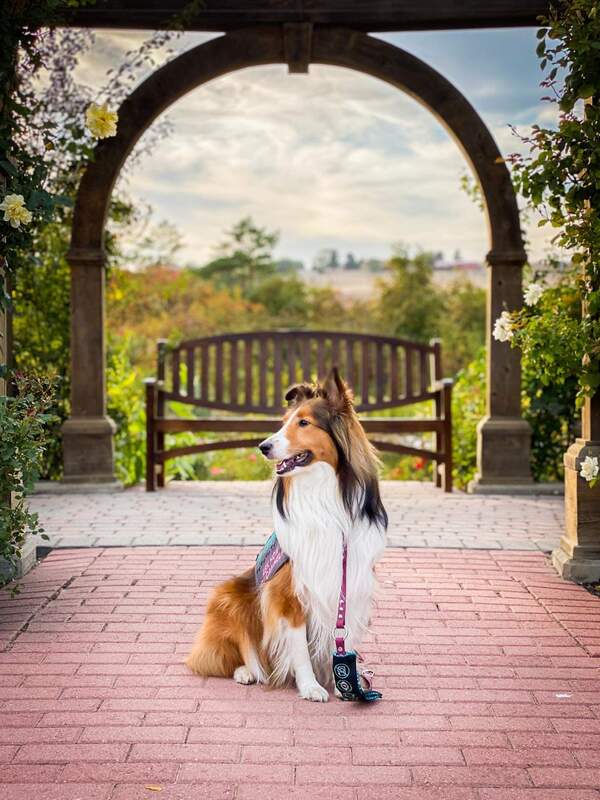
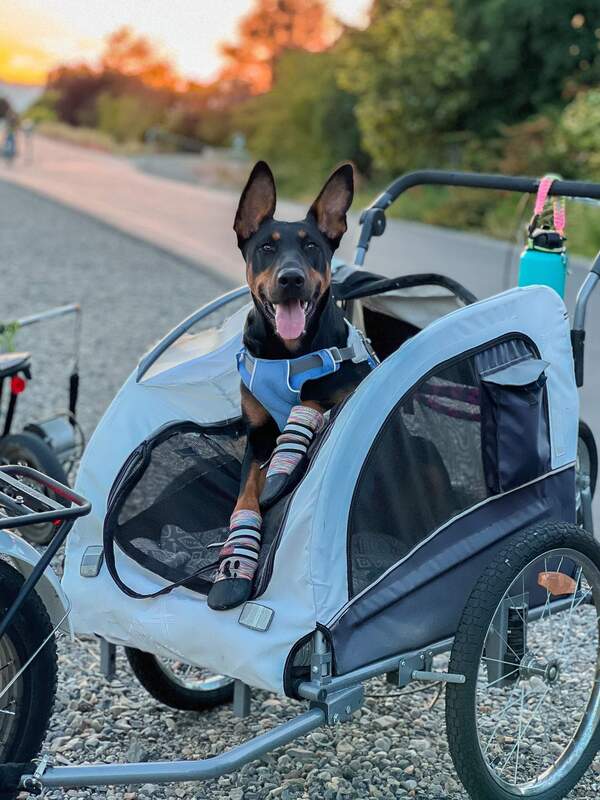
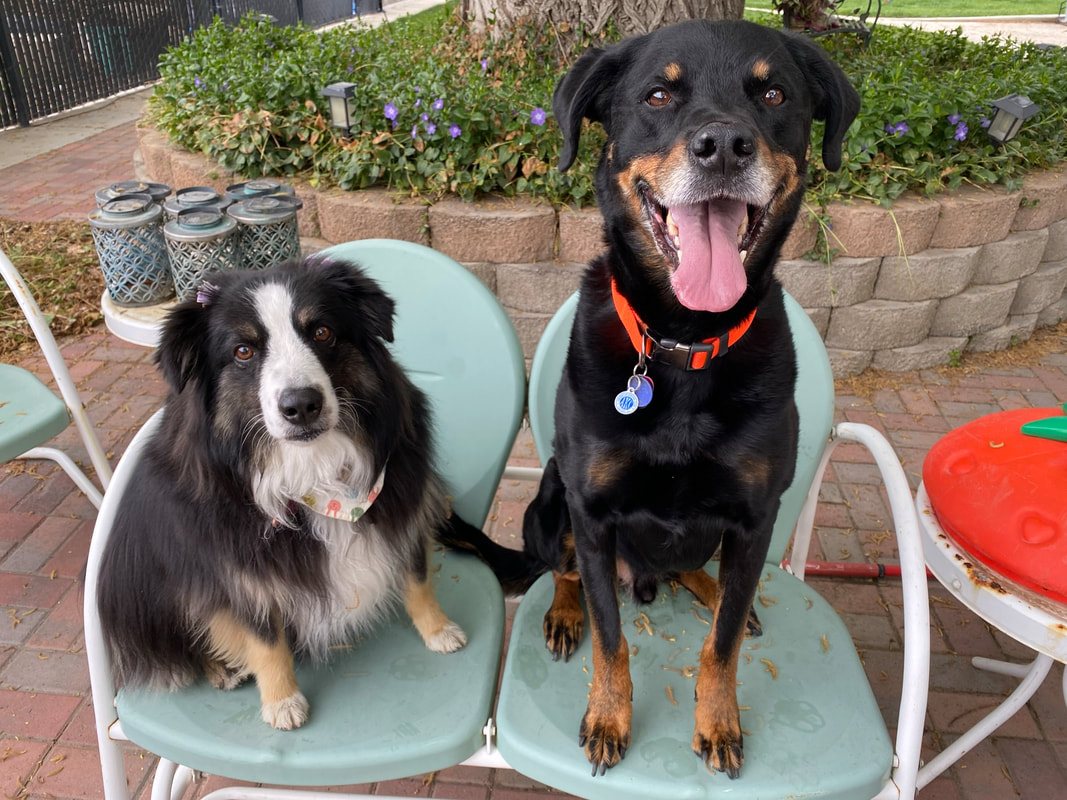
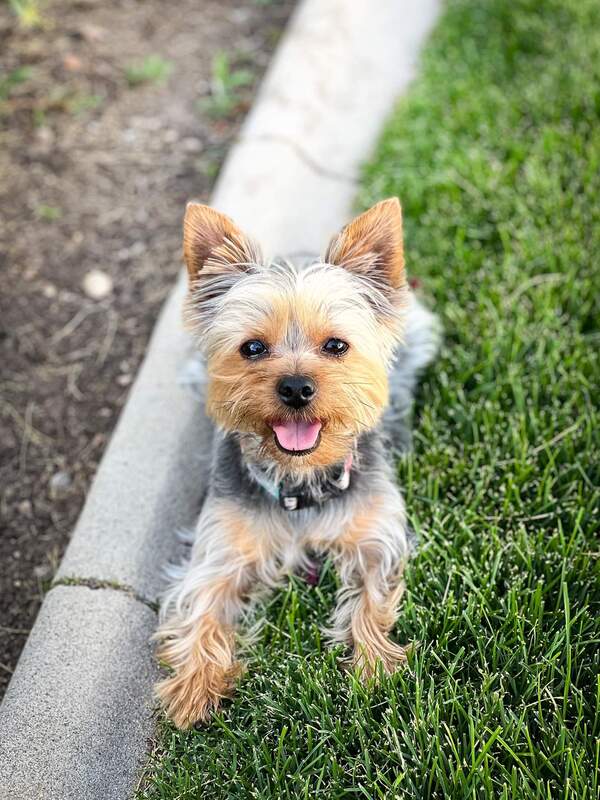
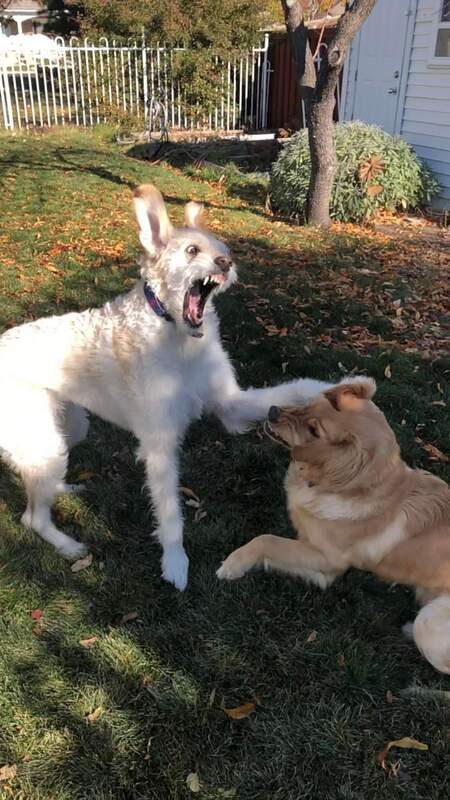
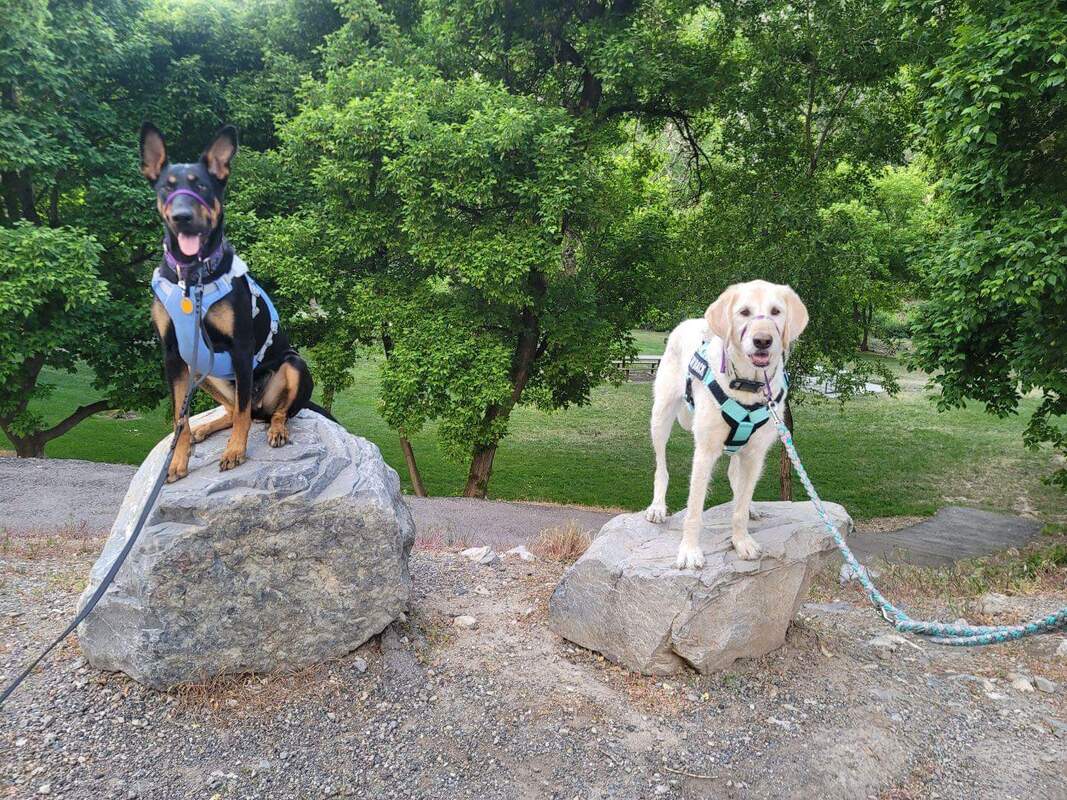
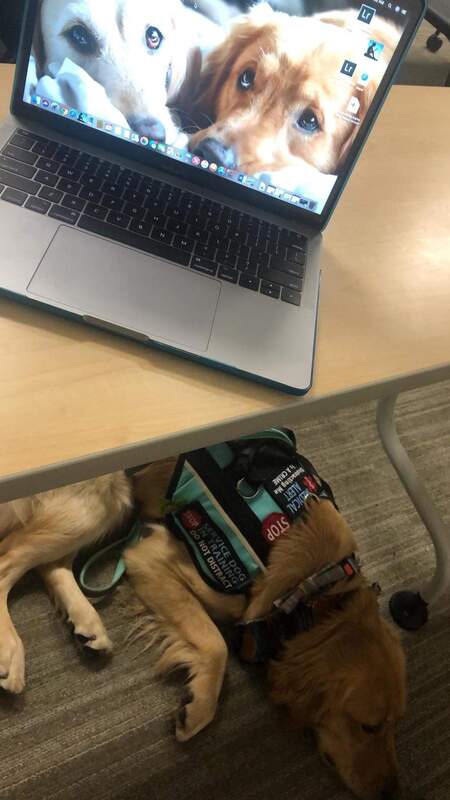
 RSS Feed
RSS Feed